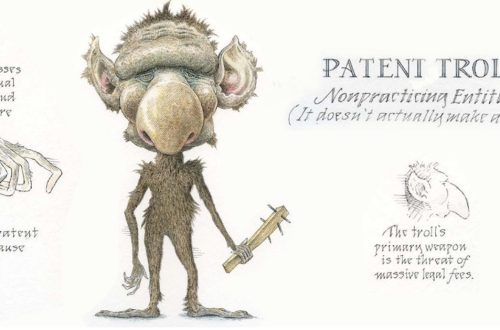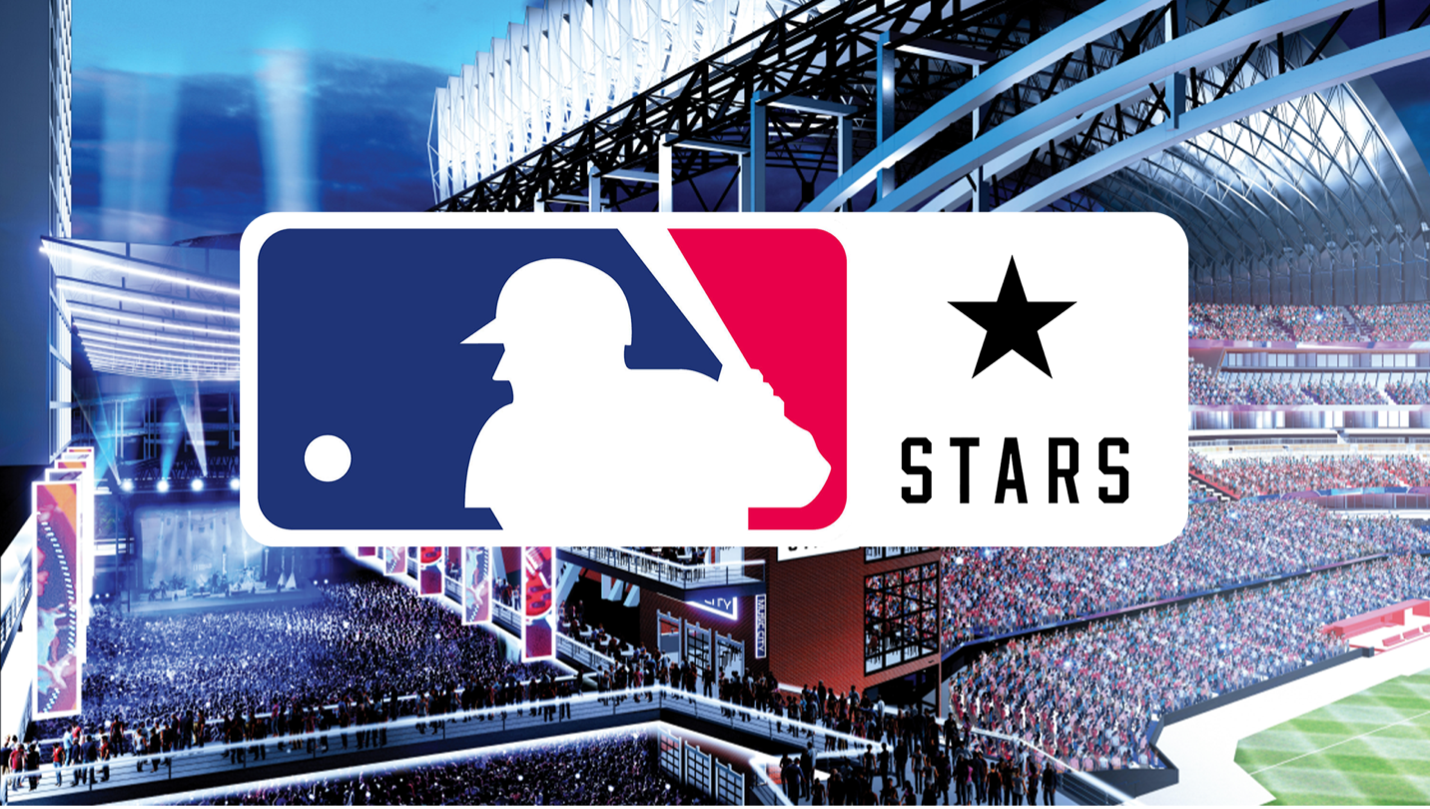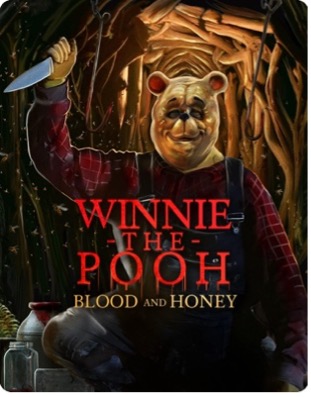By: Shayna Stuart*
*Shayna Stuart is an attorney at Richards & Moskowitz, PLC, was the 2017-2018 Notes and Comments Editor for SELJ, and she also worked as a research assistant during law school for Glenn Wong, the Executive Director of ASU’s Sports Law and Business Program. As an undergraduate, Shayna attended California State University, San Bernardino where she received an athletic scholarship for the Women’s Basketball Team and served as President of the Student Athlete Advisory Committee. In her spare time, Shayna now enjoys being a Trainer and Coach for Hoop Code Basketball Academy which is Arizona’s leading youth basketball development organization.
Almost one year after the United States Supreme Court’s decision in NCAA v. Alston (the decision that held that the NCAA cannot limit student-athletes from getting paid),[1] the NCAA finally released updated guidance on name, image and likeness (“NIL”) issues.[2] But during the one-year interim, athletes, parents, NCAA institutions, state governments and sports business professionals were left with the ambiguous guidelines set forth in the NCAA’s Interim NIL Policy.[3] The Interim NIL Policy provided the following guidance until the NCAA could establish a more permanent solution:
- “Individuals can engage in NIL activities consistent with the law of the state where the school is located.”[4]
- “College athletes who attend a school in a state without an NIL law can engage in NIL activity without violating NCAA rules” related to name, image and likeness.[5]
- “Individuals can use a professional services provider for NIL activities.”[6]
- “Student-athletes should report NIL activities consistent with state law or school and conference requirements to their school.”[7]
A mere 10 months later, so-called “NIL collectives” rapidly emerged to take advantage of the vague guidelines issued by the NCAA above.[8] NIL collectives quickly “reshaped college athletics by becoming a critical component of athletic success using novel techniques to compensate college athletes for their NIL.”[9] But what is a collective? And why is the NCAA so concerned with them? And how will all of this affect our present and future collegiate athletes in Arizona?
A collective, often founded by a school’s prominent alumni and influential supporters, “pools funds from a wide swath of donors to help create NIL opportunities for student-athletes through an array of activities.”[10] Collectives are “independent of a university and can serve a variety of purposes,” including to “help facilitate NIL deals for athletes and also create their own ways for athletes to monetize their brands.”[11]
However, collectives have been at the center of controversy in the first year of NIL, “specifically when it comes to inducements and pay-to-play in recruiting and the [t]ransfer [p]ortal.”[12] For example, “a five-star recruit in the Class of 2023 signed an agreement with a school’s NIL collective that could pay him more than $8 million by the end of his junior year of college.”[13] “[T]he prospect will be paid $350,000 almost immediately, followed by monthly payouts escalating to more than $2 million per year once he begins his college career.”[14] In exchange, the prospect will make “public appearances and [take] part in social media promotions and other NIL activities ‘on behalf of (the collective) or a third party.’”[15]
Some local examples include: Arizona State’s NIL collective working on a deal worth up to $75,000 for transfer quarterback Emory Jones[16] and Arizona State’s Chase Lucas’s partnership with Arizona Realtor Brandon Bethel.[17] Additionally, Arizona’s Christian Young, Janelle Meoño and Ma’jon Wright partnered with Chris Gronkowksi and his Ice Shaker business,[18] and Arizona’s Dalen Terry received his own ice cream flavor at The Screamery.[19] Further, Arizona State hockey players Chris Grando, Matthew Kopperud and Johnny Walker partnered with Barstool Sports; [20] Arizona State’s Case Hatch and Cohlton Schultz obtained an NIL contract with the professional wrestling company, WWE, worth five figures;[21] and Arizona’s Cate Reese partnered with leading global technology e-commerce retailer Newegg.[22] Moreover, Arizona and Athletic Assets “signed the first commercial license agreement related to using university-owned copyrights, logos and marks” to create NIL-themed “blockchain digital assets (NFTs or non-fungible tokens).”[23]
These are just some of the NIL opportunities that college-athletes have been able to capitalize on since NCAA v. Alston,[24] demonstrating that Arizona and Arizona schools have not shied away from dipping their toes into the NIL and collective arena. Accordingly, on March 26, 2021, Governor Doug Ducey signed Arizona Senate Bill 1296 into law which (1) prohibits student-athletes from entering into contracts that conflict with their teams’ contracts, (2) includes agent licensing requirements and (3) protects student-athletes from being denied a scholarship or eligibility for their sport if they receive NIL-based compensation.[25] Arizona State University boosters recently unveiled a 7-figure NIL collective, [26] Sun Angel Collective, which was created with the goal of supporting student-athletes at Arizona State by facilitating legal and compliant NIL opportunities as well as helping those athletes prepare for the future.[27] The Sun Angel collective utilizes Opendorse, “the leading operating software provider for collectives,” which “allows student-athletes to provide compliance reporting to Arizona State and the NCAA (if requested)” and “serves as a way to distribute funds to the student-athletes after they have completed their NIL obligations.”[28] The new entity, which will have at least six founding members and allow for up to 15 board seats, is anticipated to apply to the IRS for non-profit 501(3)(c) status in May with the goal of helping the athletic department’s marquee sports remain competitive in the rapidly-changing world of college athletics.[29]
Arizona State and the University of Arizona also offer a breadth of educational materials and opportunities in the NIL realm.[30] University of Arizona created Arizona Edge which focuses on personal brand management, business development, financial literacy, networking as well as aspects of business law to optimize the decision-making process for student-athletes and enhance NIL opportunities.[31] Additionally, “Arizona Athletics has partnered with INFLCR, one of the industry leaders in brand management,” in an effort to assist the student-athletes in building and growing their own personal brand.[32] Furthermore, Arizona created a “Friends of Wilbur & Wilma” program dedicated to maximizing the opportunities for student-athletes at the University of Arizona.[33]
Recognizing that NIL contracts and collectives could quickly spiral out of control without further guidance, [34] on May 9, 2022, the NCAA’s Division I Council Working Group on NIL (comprised of athletic directors and conference commissioners) released a document entitled Interim Name, Image and Likeness Policy Guidance Regarding Third Party Involvement (“NIL Collective Guidance”).[35] The NIL Collective Guidance addressed the emergence and impact of NIL collectives in collegiate sports and attempted to install some, albeit ill-defined, guardrails for those involved with the collectives.[36] The takeaways from the NCAA guidance are that the collective is not to be involved in the recruiting process or in the transfer portal.[37] Further, the NCAA requires NIL agreements to be based on an independent, case-by-case basis, and the price tag on contract agreements needs to come from analysis of the value an athlete brings—not as an incentive for enrollment decisions or membership on a team.[38]
While this guidance is somewhat helpful, the NCAA, and perhaps the United States Supreme Court, will need to provide much more clarity as the collegiate sports world navigates these uncharted waters of name, image and likeness. Some questions include: are there any limits to collectives? If so, what are they? Are student-athletes now considered employees of their school or employees of the NCAA? Athletes, parents, business professionals or institutions seeking more input on collectives and other NIL issues should contact the attorneys at Richards & Moskowitz, PLC.
[1] See NCAA v. Alston, 141 S. Ct. 2141 (2021).
[2] See Pete Nakos, What are NIL Collectives and How Do They Operate? On3NIL (July 6, 2022), https://www.on3.com/nil/news/what-are-nil-collectives-and-how-do-they-operate/.
[3] See Michelle Hosick, NCAA Adopts Interim Name, Image and Likeness Policy, NCAA (June 30, 2021), https://www.ncaa.org/news/2021/6/30/ncaa-adopts-interim-name-image-and-likeness-policy.aspx.
[4] See Burr & Forman, The NCAA’s New Guidance Regarding NIL Collectives—Will the Guidance Shut Down NIL Collectives or Affect Their Abilities to Pay College Athletes? JDSUPRA (May 12, 2022), https://www.jdsupra.com/legalnews/the-ncaa-s-new-guidance-regarding-nil-4436573/.
[5]Id.
[6] Id.
[7] Id.
[8] See Burr & Forman, supra note 4.
[9] Burr & Forman, supra note 4.
[10] Nakos, supra note 2.
[11] Id.
[12] Id.
[13] Id. (citing Stewart Mandel, Five-Star Recruit in Class of 2023 Signs Agreement with Collective That Could Pay Him More Than $8 Million, The Athletic (Mar. 11, 2022), https://theathletic.com/3178558/2022/03/11/five-star-recruit-in-class-of-2023-signs-agreement-with-collective-that-could-pay-him-more-than-8-million/).
[14] Id.
[15] Id.
[16] Schultz, Report: Emory Jones to Sign NIL Deal Upon Arizona State Commitment, On3 (May 5, 2022), https://www.on3.com/college/arizona-state-sun-devils/news/emory-jones-sign-big-nil-deal-upon-arizona-state-commitment-florida-football-transfer-portal/.
[17] Donnie Druin, An Early Look at Arizona State Athletes and NIL Partnerships, FanNation (Aug. 3, 2021), https://www.si.com/college/arizonastate/football/an-early-look-at-arizona-state-athletes-and-nil-partnerships.
[18]Alec White, Ex-Wildcat Chris Gronkowski’s Company Signs 2 UA football players, 1 Softball Player to NIL Deals, tuscon.com (Jan. 13, 2022), https://tucson.com/sports/arizonawildcats/ex-wildcat-chris-gronkowskis-company-signs-2-ua-football-players-1-softball-player-to-nil/article_2779ce9c-74be-11ec-98da-3f0c2bb26fbf.html.
[19] Ari Koslow, More University of Arizona Athletes Starting to Take Advantage of NIL, The Daily Wildcat (Feb. 2, 2022), https://www.wildcat.arizona.edu/article/2022/02/s-arizona-sports-nil.
[20] Druin, supra note 17.
[21]Michelle Gardner, Arizona State Athletes Cohlton Schultz, Case Hatch Get WWE Name, Image, Likeness Contracts, azcentral (June 13, 2022), https://www.azcentral.com/story/sports/college/asu/2022/06/13/arizona-state-wrestler-fullback-sign-nil-deals-wwe/7568541001/.
[22] University of Arizona Basketball Star Cate Reese Signs NIL Endorsement Deal with Newegg, businesswire (Mar. 14, 2022), https://www.businesswire.com/news/home/20220314005276/en/.
[23] University of Arizona and Athlete Assets Sign First Commerical Copyright License for NIL NFT’s, Cision PR Newswire (Mar. 17, 2022), https://www.prnewswire.com/news-releases/university-of-arizona-and-athlete-assets-sign-first-commercial-copyright-license-from-nil-nfts-301504739.html.
[24] See Alston, 141 S. Ct.
[25] Ariz. S.B. 1296, 55th Leg. (2021), https://www.azleg.gov/legtext/55leg/1R/bills/SB1296P.pdf.
[26] Paul Steinbach, Arizona State Boosters to Unveil 7-Figure NIL Collective, Athletic Business (May 2, 2022), https://www.athleticbusiness.com/operations/marketing/article/15291480/arizona-state-boosters-to-unveil-7figure-nil-collective.
[27] See Sun Angel Collective, https://sunangels.org/ (last visited Aug. 19, 2022).
[28] Id.
[29] Id.
[30] See Sun Devil Athletics NIL, https://thesundevils.com/sports/2022/3/1/nil (last visited Aug. 19, 2022); Arizona Edge: NIL Program for Wildcats, Univ. of Ariz. (July 1, 2021). https://arizonawildcats.com/news/2021/7/1/general-arizona-edge-update.
[31] Arizona Edge: NIL Program for Wildcats, Univ. of Ariz. (July 1, 2021). https://arizonawildcats.com/news/2021/7/1/general-arizona-edge-update.
[32] Id.
[33] Adam Green, By Embracing NIL, Not Shying Away from It, Arizona Football Is Prepared for The Future of College Sports, SB Nation (Apr. 26, 2022), https://www.azdesertswarm.com/football/2022/4/26/23041960/arizona-wildcats-football-jedd-fisch-nil-name-image-likeness-asu-sun-devils-2022-future (citing Friends of Wilbur & Wilma (@fowwua), Twitter (Feb. 9, 2022, 12:50 PM), https://twitter.com/fowwua/status/1491499792232423427?ref_src=twsrc%5Etfw%7Ctwcamp%5Etweetembed%7Ctwterm%5E1491499792232423427%7Ctwgr%5E58a87c866a4ab476129f99ec73bb6c755eba49d0%7Ctwcon%5Es1_&ref_url=https%3A%2F%2Fwww.azdesertswarm.com%2Ffootball%2F2022%2F4%2F26%2F23041960%2Farizona-wildcats-football-jedd-fisch-nil-name-image-likeness-asu-sun-devils-2022-future).
[34] See Jeremy Crabtree, NCAA’s Attempt to Nix Pay-For-Pay NIL Deals Not a ‘Significant Step Forward’, On3NIL (May 10, 2022), https://www.on3.com/nil/news/ncaas-attempt-to-nix-pay-for-play-nil-deals-not-a-significant-step-forward/ (‘“The NCAA and college sports leaders hoped that NIL would be innocent – social media postings, a few hundred or thousand dollars here and there,’ said Andrew Brandt, a former NFL executive and now a professor of practice and executive director of the Moorad Center for the Study of Sports Law at Villanova Law School. ‘That was naïve. Boosters/Collectives/Directives. Primarily to recruit and retain the best players. Hard to see it being contained.’”).
[35] Interim Name, Image, and Likeness Policy Guidance Regarding Third Party Involvement, NCAA, https://image.mail2.ncaa.com/lib/fe5715707d6d067e7c1c/m/7/38f59518-6731-4fde-983a-310d6468ef8f.pdf.
[36] See id.
[37] See id.
[38] See id. at 2.



